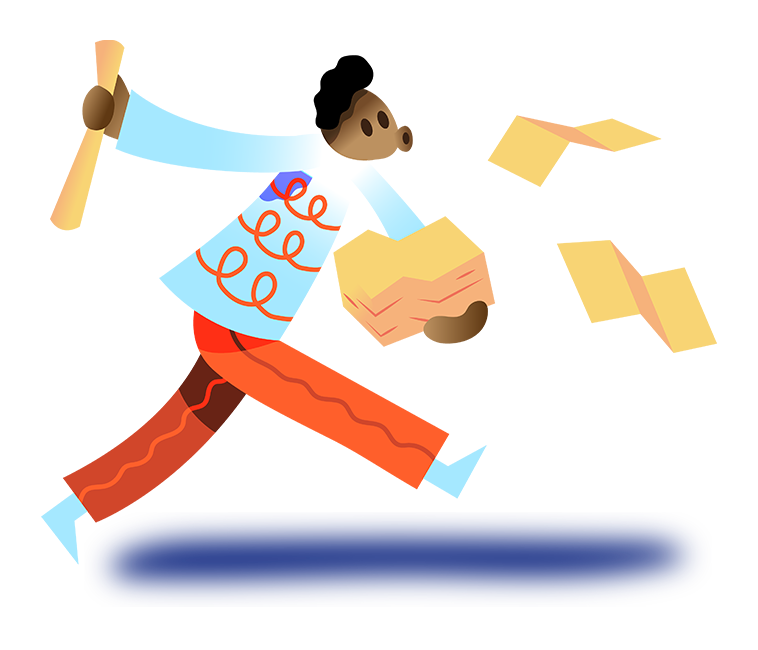


Traditional media planning refers to the process of selecting the mass media that includes the advertising message. Determining the best way to deliver the advertisement to your audience for your products and services is the primary goal of media planning.

Its strengths include being a mass vehicle, allowing the use of sound, image, colour and movement, and being very flexible. Its weaknesses include the excessive advertising pollution, the fact that it is a very expensive medium and therefore the ad periods are short. It is the most powerful and efficient one among the traditional media planning tools, but constitutes the highest cost in planning compared to other channels.

The strengths of newspaper ads are ability to reach the mass population, with accessibility to both local and regional audiences, and its reliability. Its weaknesses include shortness of life, high advertising pollution, lack of target audience selectivity, and the fact that colour printing quality is low compared with magazine advertisements.
Among the strengths of magazine advertisements are being able to reach specific audiences according to their special interests, presenting high print and colour quality, and being long-lasting. Its weaknesses are that the increase in access can be slow, it is not flexible, and the content planned long before the publication date of the magazine.
.

Its strengths include repetition, ability to deliver local and regional campaigns, and it is flexible. Its weaknesses include the radio station multiplicity and advertising pollution, background media, and being only a sound-centered (auditory) tool.

The strengths of outdoor advertising are such that it helps repetition, allows local and regional access and is cost-effective. The weaknesses include being able to provide only simple messages in a limited area and creating environmental pollution.
The ability of cinema ads to offer a high level of audio and video quality is their strength. Having low audience selectivity is its weakness.
